Learning to play piano is one of the most rewarding and mind broadening experiences you can have in early life but there are also numerous studies promoting benefits in adult and later life.
Taking a few lessons will not make you a pianist. I have been learning, playing and teaching for over 30 years and I still regularly learn something new about composers, playing technique or teaching methods. Many enquiries I receive are a variation on ‘how many lessons will I need?’ and the truthful answer is that learning to play piano is, my experience, an open ended process but the rate of progress depends on the individual.
However, we all have to start somewhere and the best place to start is taking lessons with a qualified Piano Teacher who has a proven method with a record of success with their students.
During your first lesson, I will introduce you to the basics of the piano, basic musical notation and technique and at the end of the lesson I will discuss the dreaded H-word with you; homework. Completing your homework should be rewarding and fun but it will also allow you to progress more quickly during your subsequent lessons.
While I am available to answer questions from my students while they are not in class, I am obviously not sat with them and here I offer my Top 5 good habits for piano practice.
- Set a practice schedule
The most important practice sessions are directly following your lesson and the day after the lesson. This helps reinforce what you recently learned and helps commit it to memory. Aim to practice every day but do not set an unrealistic schedule. Playing for 30 minutes a day is a good routine rather than trying to cram in a 2-hour session just before your next lesson. - Remember proper posture and hand positioning
Keep your back straight, align your head & shoulders and keep your fingers curved and relaxed. Keep your wrists flexible. - Practice slowly
When reviewing the music I have suggested you study between lessons, play each bar slowly and do not move on to the next until you can play it accurately. Rhythm and tempo will come naturally as you master the piece. The world famous pianist Sviatoslav Richter when asked by a student ‘Maestro, how should I really practice?’, answered ‘It is very simple, when you have learned well the first bar move on to the next.’ - Correct fingering
The pieces you study with as beginner will have fingering guidance marks, use them to ensure you are playing correctly. Thumb = 1, Index = 2, Middle = 3, Ring = 4 and Little = 5 - Set a goal
Have an objective in mind whether that be aiming to delight your teacher or arrange to play for a group of friends or family in 4 weeks’ time, for example.
Book your piano lessons today
I hope this has given you a good idea of how to effectively practice between your piano lessons. If you would like to make a booking, please use the Book piano lessons page to get in touch.
If you would like to take your very first piano lesson or add to your existing piano education, please book a lesson with me today, you can book online.


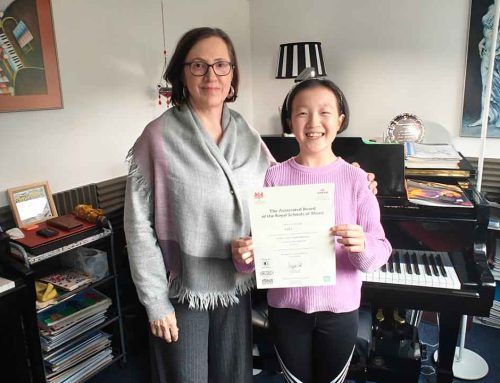
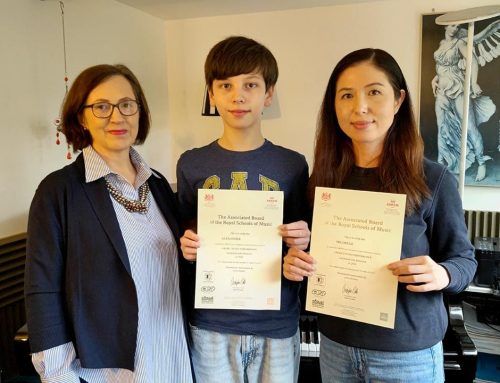
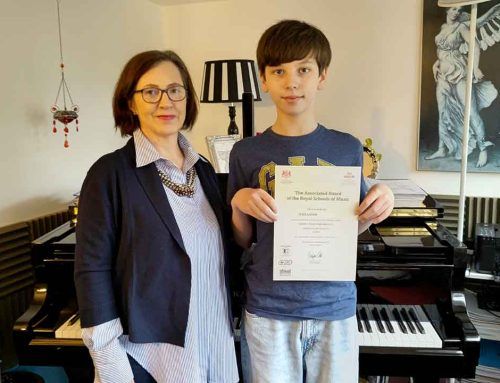
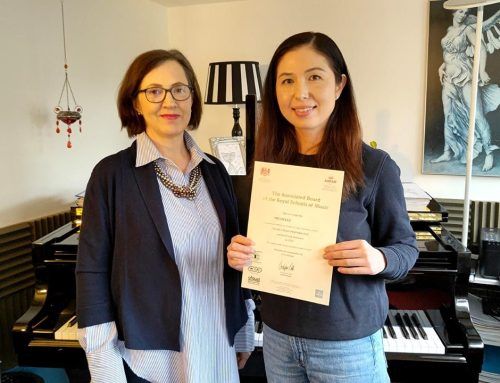
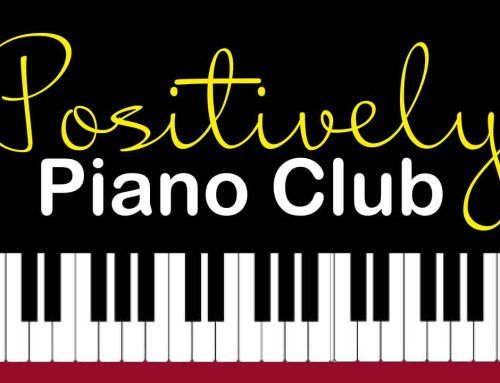
Great advice!! You should practice slowly, Richter was right! 😄/I was listening to his Bach yesterday, what a genius./
Good tips. One more I would add is to use a metronome to help you keep time when practicing. If you don’t have a “real” metronome or your digital piano doesn’t have one, there are loads of apps for your phone.